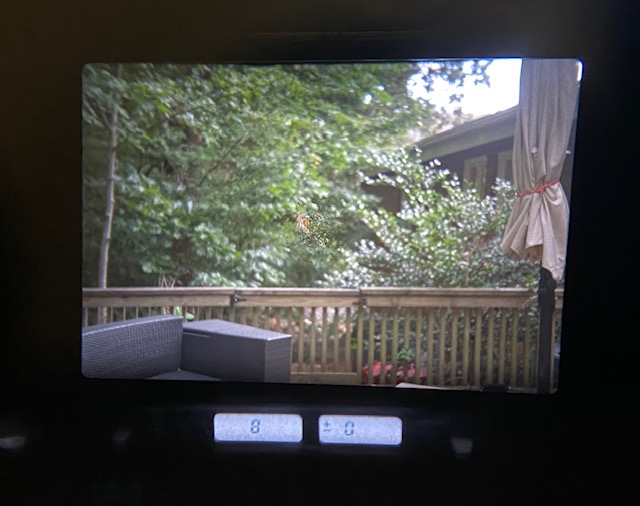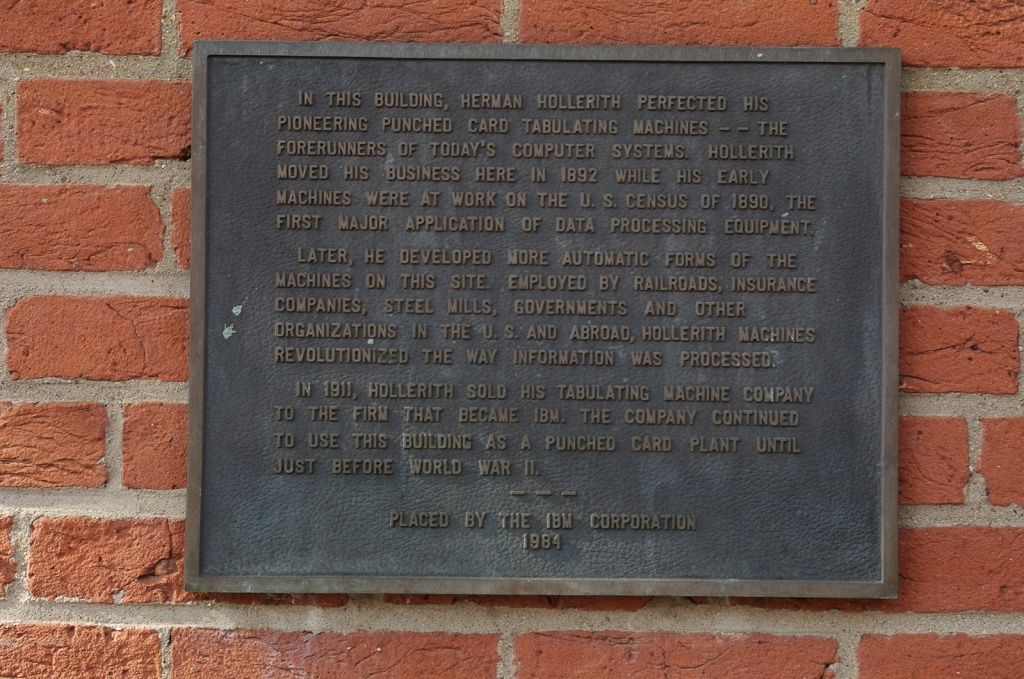After the Super-Program, Pentax released a few other manual focus single lens reflex (SLRs), but targeting the beginners, learners or photographers who want to keep it cheap and simple: the P30 (P3 in the US) and very late in the game, the MZ-X (ZX-M in the US). But the Super-Program will remain known as the last manual focus Pentax camera aiming squarely at the “expert” or “enthusiast” photographer market.

Launched in 1983, it was followed one year later by the Program-Plus, a marginally simplified version deprived of shutter priority mode, of TTL/OTF Flash and equipped with a cheaper shutter (1/1000 sec instead of 1/2000).
As was customary for Pentax at the time, the camera was sold under a different model name in Asia (Super-A), in Europe (Super-A “European Camera of the Year”), and in North America (Super-Program). The North American models had a silver body, while in the rest of the world the camera was sold in a nicer all black version.

The Super-Program came to life as Pentax’s competitors were accelerating the introduction of innovations in an attempt to re-animate a depressed SLR market. That year, Canon and Konica introduced SLRs with automatic film loading and motorized film advance (a real simplification for the occasional photographer), Nikon launched the FA with Matrix Metering (a major innovation), and almost everybody released an experimental auto-focus camera.

In this context, the Super-Program was a very conventional camera – its only “innovation” being the addition of a very small LCD display showing the selected shutter speed at the right of the top plate, almost under the winding lever. It was a well designed and pleasant to use camera (we’ll come to it), but not different on paper from many other multi-automatic cameras launched a few years before (Minolta XD-7, Canon A-1, Fujica AX-5, to name a few).

The Super-Program was apparently built around the chassis of the ME (same dimensions, same motor drive options, same absence of a shutter speed knob) and as a result was among the smallest and lightest 35mm SLRs ever made in the pre-polycarbonate era (it competed with the Olympus OM series and the Nikon EM/FG for that distinction).
For the camera to support the Program Auto-Exposure mode (and, for the Super-Program, the Shutter priority mode), it had to be fitted with one of the new Pentax-A lenses (the ones with electrical contacts). The camera was still compatible with the older K lenses, but only in aperture priority and semi-auto exposure modes.


- Weight, Size and ergonomics
Derived from the successful Pentax ME series, the Super-A is a very compact and very light camera. There is probably more plastic used in its construction than in the first models of the ME series (the prism housing is clearly made out of polycarbonate), but the chassis is still made of metal and the camera feels pleasantly dense. As with cameras of the Pentax ME generation, there is no shutter speed dial on the Super-A, just two up and down buttons. On the ME Super, the only way to know what shutter speed had been selected (either by the auto exposure system or by the photographer in manual mode) was to look through the viewfinder. On the Super-A, the selected shutter speed is also shown on a very small LCD display next to the film wind lever, which is convenient (the Program-Plus is deprived of this small LCD), and makes the lack of a proper shutter speed knob more acceptable. Film loading is still a manual process, but Pentax has tried to make it as easy and reliable as possible, with multiple safeguards – for instance, the camera will not operate and will simply display 1000 on the shutter speed display until the film has been advanced to the first frame.The camera falls in the hands nicely, with a small removable grip and a thumb rest on the right side of the body, and an easy to access depth of field preview lever. That being said, people with large hands would be better off with a larger camera: you really need small fingers and long nails to unlock and move the main mode selector from Lock to Auto or Manual, and the two push buttons that control the shutter speed are also tiny.
- Viewfinder
Derived from the M series, the Super-Program inherited some of their qualities – the viewfinder is large, wide, with a reasonably long eye-point (you can still see the whole frame if you wear glasses). The focusing screen is fine and luminous, with a split image telemeter surrounded by a ring of micro-prisms.
The shutter speed and aperture information is displayed at the bottom of the viewfinder, on a grey LCD. The LCD is backlit – a window at the top of the prism collects the ambient light, and a push button on the left side of the lens mount flange turns on a rather faint light – so that the displays can be seen in when there is not enough ambient light.
Honestly, this setup is far less legible than the green displays we’re used to if we shoot with dSLRs, or than the red LEDs used by the Canon A-1. But the camera only needs two small SR44 batteries (as opposed to the larger 6 volt battery of the A-1 or the large lithium batteries of modern cameras). - Metering system
The Super-Program is very conventional: a center weighted average metering system, that’s all. No spot metering, no matrix metering (not invented yet…), and no DX coding (not invented yet).
The camera obviously was designed for knowledgeable amateurs and enthusiasts, but surprisingly there is no exposure memory lock push button.
- Battery:
The Super-Program does not work – at all – without batteries. But it seems to manage them very carefully, and lets the photographer know in advance when the batteries will need to be changed. It simply needs a pair of the very easy to find Silver Oxide 1.5v batteries (SR44) that you can buy in any pharmacy or drugstore in the US.
- Compatibility:
Designed for the new KA mount (with electrical contacts to control the aperture), the Super-Program also works with any Pentax K compatible lens (SMC-Pentax, Pentax-M) as well as with the auto-focus FA lenses that followed. Considering the very long production run of the K mount family (available under one form or another since 1976), the wide adoption of the Pentax K bayonet mount amongst second tier camera makers, and the relative broad diffusion of Pentax branded lenses, finding a lens that fits the Super-Program is not an issue.Most of the accessories (winder, in particular) are shared with the previous ME generation.Pentax only released two manual focus cameras with TTL/OTF flash metering (Through The Lens, On The Film), the high end, modular LX and the Super A. Of course, specific flash units are needed to take advantage of the TTL mode, but at least the LX and the Super-A are using the same line of TTL flash guns. Other Pentax (or third party) flash units can be used, but won’t support TTL (*) - Reliability
Electronic cameras from the mid-seventies-mid eighties have a bad reputation when it comes to reliability or battery management, in general. In certain cases, it’s totally justified (Fujica AX-3, AX-5, OM-2sp, Canon T90). I’ve not heard or read about any recurring horror story about the Super-A.
That being said, if you shun electronics and want to use a relatively recent mechanical camera, there are not many alternatives in the Pentax family: the K1000 is about the only option – it was manufactured until 1997, and it’s possible to find fairly recent copies. - Scarcity and price – the Super-Program, and its little brother the Program-Plus were widely distributed (a total of 2 million cameras sold), and enough of them were treated with respect that good copies are easy to find on eBay, ShopGoodwill.com, and with resellers of second hand equipment. So, they’re not scarce, but not cheap either. The Super-Program is one of those cameras whose value is going up at the moment: it meets the criteria of a new-classic: it’s a manual focus, full featured and at the same time easy to use camera that will satisfy beginners and enthusiasts. You can find nice copies between $50.00 and $100.00 – and if you like your cameras all black, you’ll have to buy a Super-A from European or Japanese sellers, at roughly the same prices.


As a conclusion
It’s a nice little camera – for people who, in 1983, wanted “everything” – a relatively fast shutter (1/2000 sec), three automatic and a manual exposure mode, a good viewfinder with depth of field preview, exposure compensation, TTL Flash, and the ability to mount a winder.
It can draw from a very large range of Pentax K compatible lenses, and is still very affordable.
Doing “everything” in a non-motorized camera of such a small form factor leads to pretty cramped top plate, and difficult to operate controls for people with large hands or short nails.
Those who need “everything” and don’t mind shooting with a bigger/heavier camera can pick the Canon A-1, or the T90. The Nikon FA is also an option – although it shares some of its limitations with the Super-Program (no exposure memory lock, small and dark LCDs in the viewfinder). Those who love the small form factor and can live with a slower shutter and fewer auto exposure modes can pick the Olympus OM-2. (**)
In the Pentax family of cameras, the P3 of 1985 is an alternative to consider – a bit larger, it’s easier to use (with a large shutter speed knob and a large on-off switch, and easier to read information in the viewfinder). Sold as an entry level camera, it only has a 1/1000s shutter, can not be motorized, does not support TTL flash, and only offers a semi-auto mode in addition to the default Program mode. Its successors, the P3n and the P3t, add an Aperture priority mode. All have a good viewfinder and the very useful (for me) exposure lock function. They’re cheaper and even easier to find than the Super-Program, have everything a film photographer may need today, and are good cameras to discover film photography.

(*) flash – I’m not sure that flash control is an issue now – considering 1/ the high fail rate when shooting with flash with old cameras and old flash units, 2/ how easy it is NOT to need a flash on a modern digital camera (you simply set the ISO at 12,000), and 3/ how quick it is to check the quality of the lighting if you shoot with a flash mounted on a digital camera, you would have to be more of a purist than I am to shoot with a flash on a film camera.
(**) I’ve never used Minolta’s manual focus SLRs and can’t really comment on them – but there are good cameras in Minolta’s line-up obviously.

Sorry, no picture taken with the Super-Program this time (I don’t travel much because of Covid – and the opportunities for interesting shots are pretty limited in my backyard…)
The three pictures below were taken with another member of the Pentax family, the *ist DS, twelve years ago, in Georgetown.


